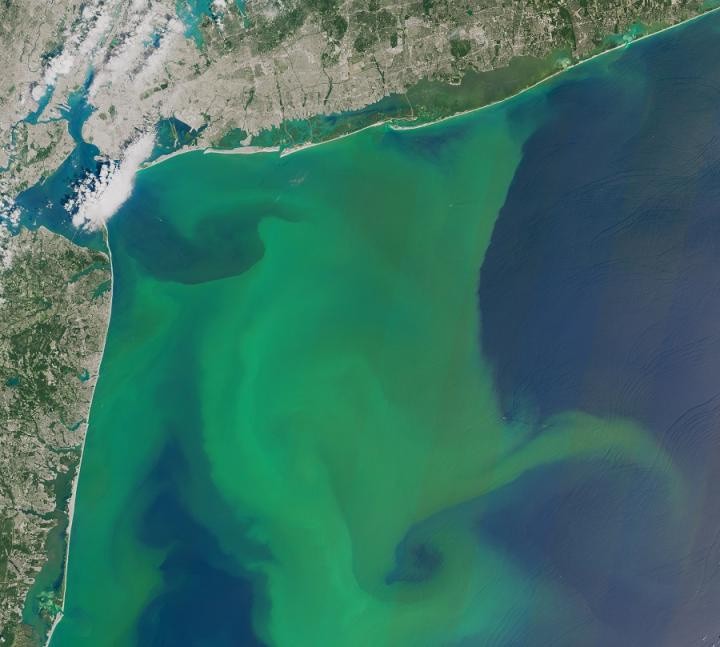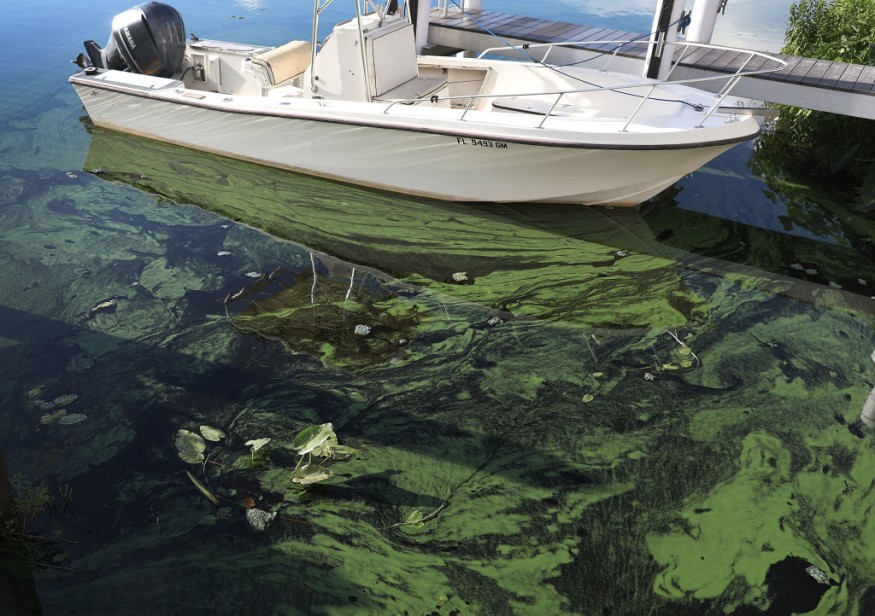According to a group of Earth scientists from various universities in China and the United States, coastal phytoplankton blooms, known as phytoalgal blooms, have been expanding for the past few decades.
The team used NASA satellite data to examine the magnitude and frequency of algal blooms along the shores of the world's continents in their study, which was published in the journal Nature.

Algae Blooms
Algae blooms are algae assemblages on the surface of a body of water. Aquatic algae plants have chlorophyll but lack other organs like leaves, roots, stems, vascular tissue, or flowers. They range in size from species with a single cell to huge strands of seaweed. They can live in freshwater or saltwater ecosystems and come in various hues. Algae blooms enlarge as their food source expands, especially nitrogen and phosphorus, indirectly supplied by human activities like fertilizer runoff.
Algae blooms can provide some marine animals with food, but they can also be problematic because they can transport and spread hazardous material, according to an earlier study. It has been shown that these toxins build up in ocean networks, sometimes causing oxygen depletion, which can result in ocean dead zones. The research team's latest endeavor revealed evidence of enlarging algal blooms, which shows fertilizer runoff has been rising.
Harmful Algal Blooms

A body of water experiences a harmful algal bloom (HAB) when toxin-producing algae overgrow there. Like plants, algae are tiny creatures that inhabit aquatic settings and use photosynthesis to harness the sun's energy. Depending on the type of algae, the excessive growth, or algal bloom, can be green, blue-green, red, or brown and becomes visible to the naked eye.
Only a few varieties of algae can create poisons, although they are always present in natural bodies of water like lakes, rivers, and seas. External elements like light, temperature and nutrient concentrations can influence the synthesis of toxins in these algae. Algae toxins can harm people, animals, fish, and other ecosystem components when released into the nearby water or air.
Studying Satellite Images
Studying satellite pictures from NASA's Aqua spacecraft from 2003 to 2020 was a part of the work. By comparing them across time, they discovered that the global growth rate of these blooms was increasing at a rate of 59.2%. Also, they found that as of 2020, the combined area of all ocean-based algal blooms was 31.47 million km2 or almost 8.6% of the ocean's total surface area.
The areas where water temperatures were rising the quickest were also where algal blooms were expanding the fastest; the researchers discovered patterns of increase. They also found connections between ocean circulation, sea surface temperatures, and the frequency of algal blooms.
Related Article : Ocean Warming Makes the Water 'Louder,' Impacting Marine Life
For more Environmental News, don't forget to follow Nature World News!
© 2025 NatureWorldNews.com All rights reserved. Do not reproduce without permission.





